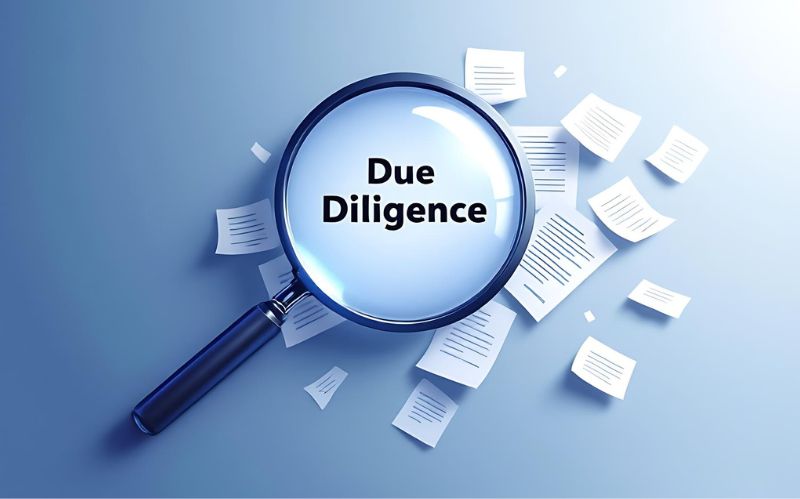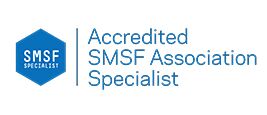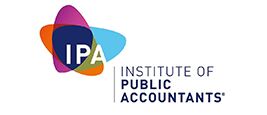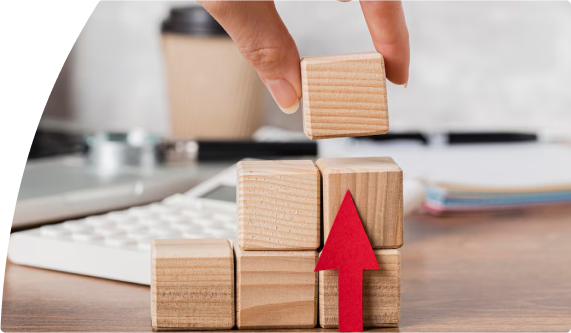Following the COVID-19 debacle, many employees and business owners have shifted to a work from home model, either permanently or temporarily. However, many of them are unaware of the fact that one can avail a deduction on their tax returns or lucrative refunds when working from home.
ATO has rolled out a number of guidelines the benefits on which can easily be utilised on home office expenses. Such benefits are best explored at this time when October and with it the tax return deadline is approaching.
Firstly, before going forward with understanding deductions, it is important to understand the types of home office expenses. These are classified into two prominent categories — running and occupancy expenses. The deductions and refunds applied on both these expenses are explored below.
Home Office Running Expenses
Home office running expenses refer to expenses incurred on a daily basis by a person who is temporarily working out of their residence. This applies to the employees who have been assigned work from home due to the pandemic as well. One prerequisite of availing refunds dedicated to these expenses is that you need to have a home office and work only out of that.
Expenses such as depreciation of equipment, furniture, maintenance and repair costs, power costs pertaining to the home office and business calls made out of home can be filed for. Nonetheless, deductions are not applicable on equipment provided by the office, home internet, phone and mobile phone expenses, stationery, depreciation on personal computer and other such costs. Furthermore, if you are not operating out of a dedicated home office and are working from your shared living room, you will not be able to claim running expenses.
There are two ways to claim for home office running expenses. These are as follows.
52 Cents per Hour Rate
The ATO has set a minimal rate, 52 cents per hour, for all your running expenses. This method doesn’t account for your individual expenses but allows you to file for all expenses together.
So as per the method, if you work for 8 hours for 30 weeks, you can claim refunds worth nominal rate * working hours * number of weeks. Therefore, you are eligible to claim $124.8 (52*8*30) on your tax return.
Recording Pattern of Use
If you wish to claim for your actual expenses incurred, there is a method for this too. Nonetheless, the process is much more complicated than the rate per hour method but it results in a bigger claim.
In order to get refunds worth actual expenses, you are required to keep a diary detailing the date and hours for the days when you worked out of your home office. Additionally, you are required to record and produce data for at least 4 weeks of the financial year. This will establish your pattern of use and you will be eligible for refunds worth your approximate expenses.
Occupancy Expenses
Occupancy expenses apply to people who are working from home permanently. If you are a business owner who works out of a home office or if you are an employee whose company doesn’t offer an office space, you are eligible for refunds on your occupancy expenses.
As the name itself suggests, occupancy expenses include your rental expenses, mortgage interest, office equipment expenses, phone expenses, home insurance, internet costs and so on. Nevertheless, you can claim for these depending on the percentage of the percentage of space that your home office occupies when compared to your entire residence. So if your home office is 20% of your home, you can claim 20% of occupancy expenses.
But there are certain criteria you need to fulfill when claiming for occupancy expenses. These are:
- You need to have a sign or symbol that clearly marks your office space in the house.
- The home office should not be adaptable for other domestic use.
- It should be used solely or almost solely for your business operations.
- The office should be your place of contact with clients.
Although when claiming occupancy expenses, you may need to take care of the fact that you will not be in a position to claim a ‘main residence exemption’. Thus, you will be liable to a part of capital gain tax when you sell your home.
Shortcut Method
There is another method that has been devised by the ATO to calculate work from home deductions with ease. This is the shortcut method or the 80 cent method. Nonetheless, this is only applicable from 1 March 2020 to 30 June 2021.
The calculation is quite similar to that used in the 52 cents method. Here your work from home refunds are calculated on the basis of 80 cents per hour for the days when you actively work from home.
This is the only method which allows you to claim refunds even if you don’t operate out of a home office. But if you want to claim deductions or get tax rebates by using this method there are two conditions:
- You need to be completing all your job duties at home and not just nominal tasks such as picking calls or sending emails.
- If you have sustained some added operating expenses due to work from home.
Even if you don’t need to have a home office, you need to provide enough proof in the form of a diary, timesheet, roster and so on. This should provide a detailed record of your productive hours.
Through this method, you can make a claim for internet and phone expenses, power, gas and depreciation of equipment as well as furniture.
However, it is also essential to remember that understanding and claiming for work from home refunds can be cumbersome when done on your own. In situations like these, it is best to hire an accountant or tax advisor.
If you are looking for reputed accountants and business advisors in Melbourne to help manage your tax returns, Zimsen Partners can help. We will guide you and make sure that all necessary deductions and rebates are applied on your tax returns.
Call us today and book an appointment with our experienced and qualified accountants today!












